So, What’s the Deal With Seals?
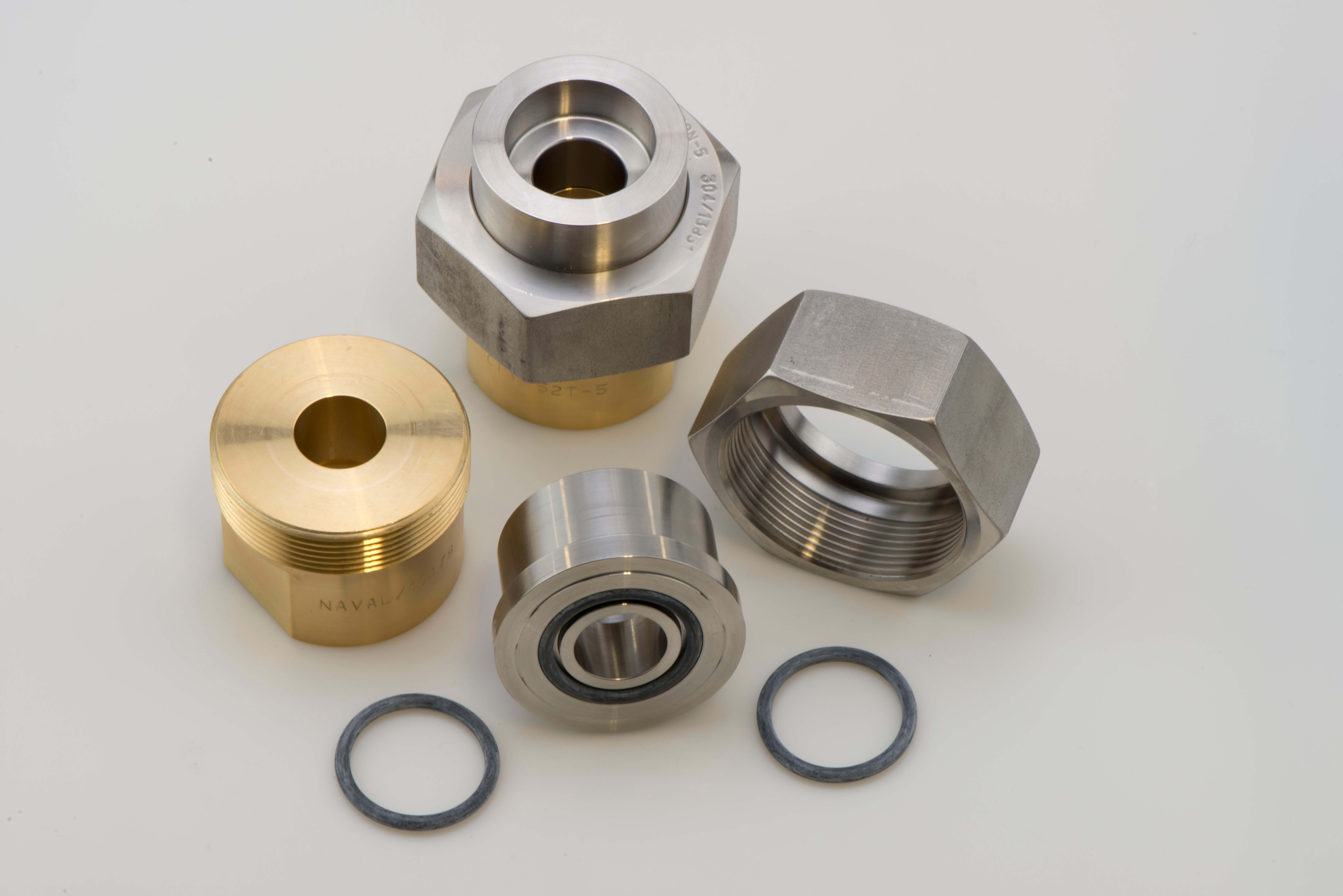 Does your familiarity with valves start and end with a dictionary definition? If you’re reading this article, probably not. But just in case, here’s Merriam-‐Webster’s take on valves:
Does your familiarity with valves start and end with a dictionary definition? If you’re reading this article, probably not. But just in case, here’s Merriam-‐Webster’s take on valves:
[Valves are] any of numerous mechanical devices by which the flow of liquid, gas, or loose material in bulk may be started, stopped, or regulated by a movable part that opens, shuts, or partially obstructs one or more ports or passageways.
Frankly, that’s not a bad start. Valves are, in fact, numerous, mechanical and devices. And they do start, stop and regulate flows of liquids, gases and loose materials (e.g., slurries). And yes, movable parts do open, shut or partially obstruct passageways (i.e., piping and tubing).
The truth is, many valves and fittings are highly engineered devices machined to extremely close tolerances—like those CPV manufactures. And integral to any valve’s ability to serve its intended application is its sealing performance. In fact, engineering and specifying the sealing for any valve or fitting’s application is just as important as its overall design itself.
Valves are technically fittings. Though they perform different functions within a system, they do complement each other. And while it’s worth considering them separate categories when purchasing for your application, when it comes to sealing properties, they’re not all that different.
Why Sealing Matters
Whether for a valve or fitting, seals serve one purpose: reduce leaks, whether fluid or gaseous. It’s estimated that roughly 300,000 tons of fugitive emissions (the unintended discharge of gases or vapors) are released annually in the US alone. Inadequate sealing is the root cause, and better sealing is the only solution.
Beyond curtailing fugitive emissions, better sealing technology—like the CPV-‐developed line of O-‐SEAL valves and fittings—has other practical benefits. Most notably, high-‐quality seals extend the service life of the equipment used within an application. In other words, a good seal saves money, time, the environment and, potentially, prevents catastrophic failure.
While beyond the scope of this article, the predominant regulatory standards by which valves are tested and certified to ensure fugitive emission tightness are ISO 15848 in most of Europe, VDI 2440 in Germany and API 622 and 624 in the United States. CPV products meet or exceed the qualifications for all these standards.
Sealing Materials in Use Today
The materials used for mechanically sealing rotary elements of valves (e.g., valve stems) are numerous. Stainless steel, titanium, bronze, aluminum, chromium, various carbons, tungsten, silicon…the list goes on and on. But just as important, if not more so, are the flexible parts of these components.
Flexible parts are often made from synthetic elastomers, which are polymers with elastic properties. Some typical examples in use today are nitrile, chloroprene, ethylene propylene and butyl rubber. And then there’s graphite, which is a ubiquitous packing material, and polytetrafluoroethylene (PTFE, or Teflon, made famous by your nonstick cookware). Again, the list goes on and on, and even includes natural vegetable fibers like jute and cotton, along with human-‐made fibers like acrylic and melamine.
Better Seals for Challenging Conditions
When it comes to properly sealing valves and fittings, some industrial applications pose more challenge than others. Industrial gas, petrochemical and shipbuilding, for instance. All rely on high-pressure systems, and all happen to be the primary industries for which CPV manufactures.
CPV is perhaps most well-‐known for our O-‐SEAL line of valves and fittings, designed to meet the stringent requirements of the US Naval force. In fact, CPV outfits every US Navy surface vessel and submarine in operation today. The O-‐SEAL line has seen success outside of shipbuilding, though. Gas refineries, for example, rely on its leak-‐proof performance, safety and reliability.
Specific to the smaller valves found in the processing sections of refineries, the O-‐SEAL limits the release of fugitive emissions to incredibly low levels, as has been verified by independent laboratory testing. The design has a flexible O-‐ring made from ethylene propylene, polyurethane, Chemours Viton™ or, in certain cases, a custom solution. The O-‐ring is recessed within a close-‐tolerance groove on either side of the valve’s flat-‐faced union ends, offering slip-‐in, slip-‐out convenience. The bubble-‐ tight seal this creates withstands heavy vibration and pressure surge far better than gasket or metal-‐to-‐metal types seals.
Depending on the seal material selected, these valves will function from −65°F (−54°C) to 400°F (204°C). They also handle the most elusive gases such as helium and hydrogen.
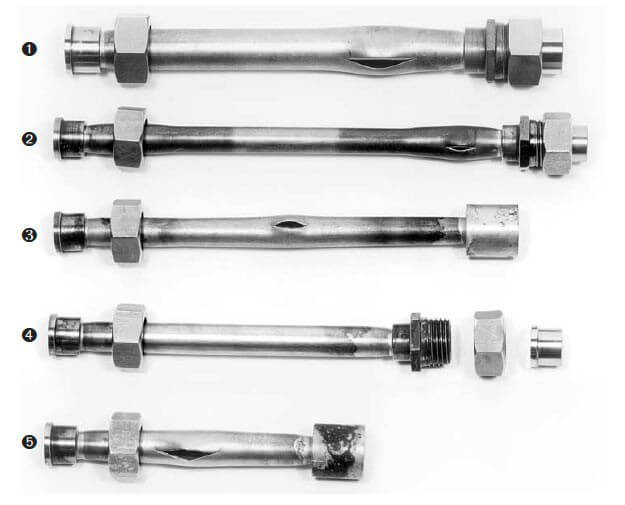 The entire O-‐SEAL line of shut off, needle, check and relief valves are rated for vacuum to 6,000 psi (413 BAR) in liquid or gas service. But they’ve been tested to much higher pressures without failure. CPV’s Mark VIII O-‐SEAL fittings, for example, when heat sealed into a system by welding, orbital welding or brazing, can sustain in excess of 16,000 psi. Just take a look at the picture to the left and the chart below. In this test, Mark VIII O-‐SEAL fittings were brazed—the most basic heat-‐sealing technique, requiring only a handheld propane torch—to brass, copper, steel and stainless steel tubing. In every test, the tubing failed while the Mark VIII fittings remained intact. And in every test, the burst pressures far exceeded the fitting 6,000 psi pressure rating. You’ll notice the test using 1/16” stainless steel tubing with a steel Mark VIII threadpiece had to be terminated at a whopping 28,000 psi!
The entire O-‐SEAL line of shut off, needle, check and relief valves are rated for vacuum to 6,000 psi (413 BAR) in liquid or gas service. But they’ve been tested to much higher pressures without failure. CPV’s Mark VIII O-‐SEAL fittings, for example, when heat sealed into a system by welding, orbital welding or brazing, can sustain in excess of 16,000 psi. Just take a look at the picture to the left and the chart below. In this test, Mark VIII O-‐SEAL fittings were brazed—the most basic heat-‐sealing technique, requiring only a handheld propane torch—to brass, copper, steel and stainless steel tubing. In every test, the tubing failed while the Mark VIII fittings remained intact. And in every test, the burst pressures far exceeded the fitting 6,000 psi pressure rating. You’ll notice the test using 1/16” stainless steel tubing with a steel Mark VIII threadpiece had to be terminated at a whopping 28,000 psi!

Now, while we absolutely discourage our clients from taking CPV’s valves and fittings beyond their official maximum pressure ratings, this is an undeniably impressive performance.
Sealing Up
Without adequate sealing, even the best-‐engineered, machined-‐to-‐the-‐finest-‐tolerances valves are useless to the industries that rely on them. For more than 100 years, CPV has been at the forefront of all of the above. And we have the numbers to back that up.

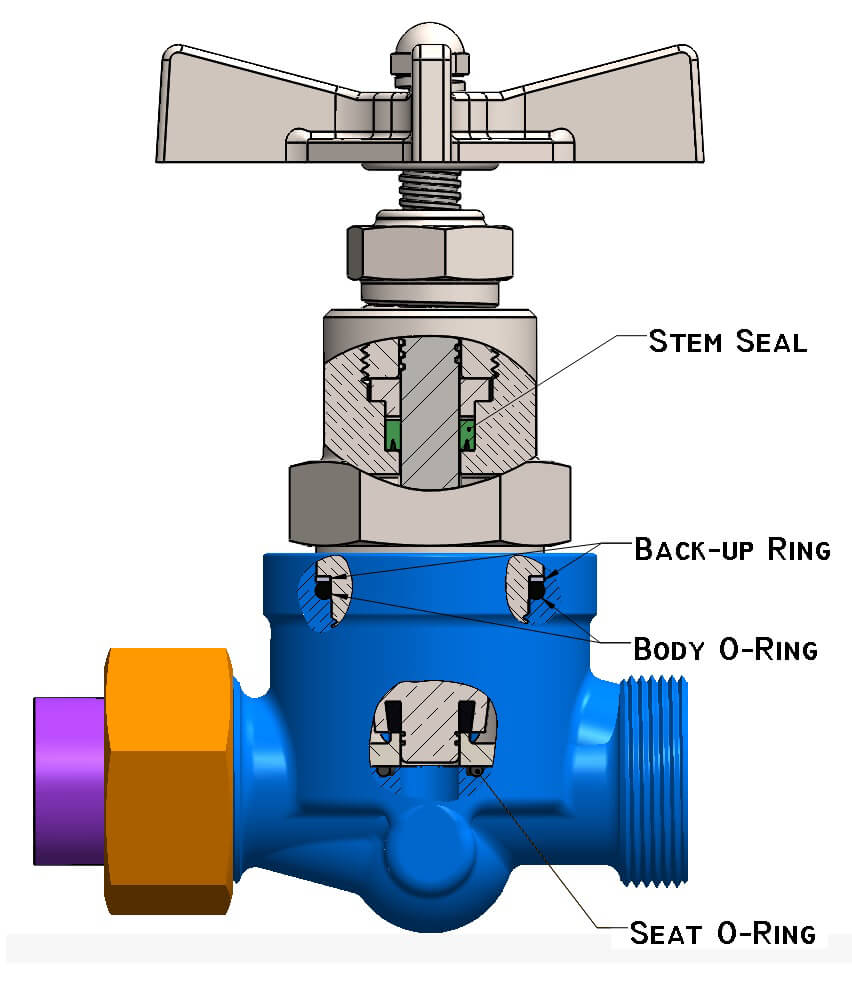 A failing valve is not just troublesome, it is a potential weak link in an otherwise robust chain. Some of the smallest parts within an already compact valve are those most crucial to a system’s overall performance—they have the power to ensure smooth operation or result in catastrophic failure. It is essential, then, to maintain the performance of your valves by replacing soft goods both when necessary and proactively. And you should always follow the practice of installing soft goods kits that are designed and manufactured according to the specifications set forth for the exact valve you are servicing. Read on to learn more about the advantages of using soft goods kits.
A failing valve is not just troublesome, it is a potential weak link in an otherwise robust chain. Some of the smallest parts within an already compact valve are those most crucial to a system’s overall performance—they have the power to ensure smooth operation or result in catastrophic failure. It is essential, then, to maintain the performance of your valves by replacing soft goods both when necessary and proactively. And you should always follow the practice of installing soft goods kits that are designed and manufactured according to the specifications set forth for the exact valve you are servicing. Read on to learn more about the advantages of using soft goods kits.
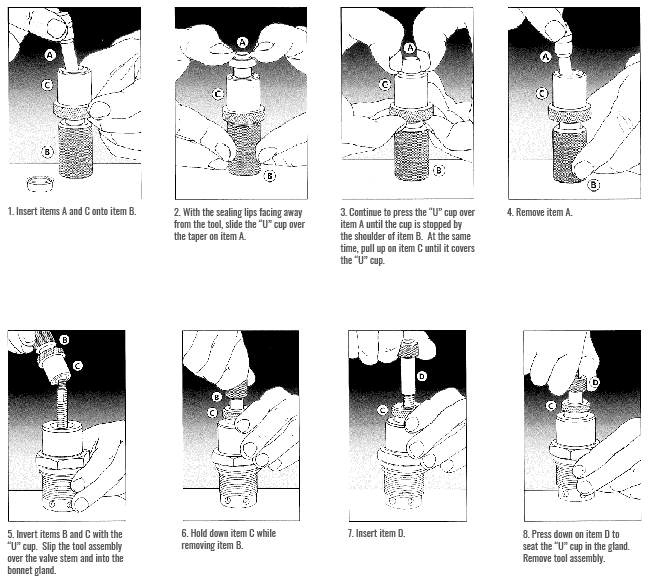
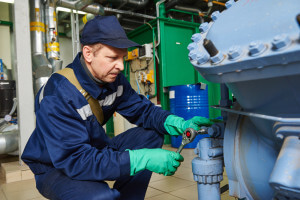 Valve maintenance is necessary to keep your valves running smoothly at all times. Valves are important to your process, and the results could be disastrous if they stop functioning the way they were designed to. Your valves require maintenance to work their best.
Valve maintenance is necessary to keep your valves running smoothly at all times. Valves are important to your process, and the results could be disastrous if they stop functioning the way they were designed to. Your valves require maintenance to work their best.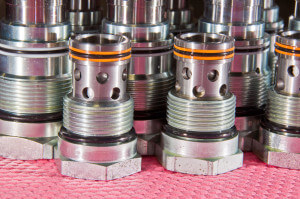 Valve Lubrication: This section explains the benefits of regularly lubricating valves in a system, even if the valve only performs an opening and closing action. It’s important to lubricate two surfaces that continuously slide over one another. It makes the parts last longer and work better.
Valve Lubrication: This section explains the benefits of regularly lubricating valves in a system, even if the valve only performs an opening and closing action. It’s important to lubricate two surfaces that continuously slide over one another. It makes the parts last longer and work better.